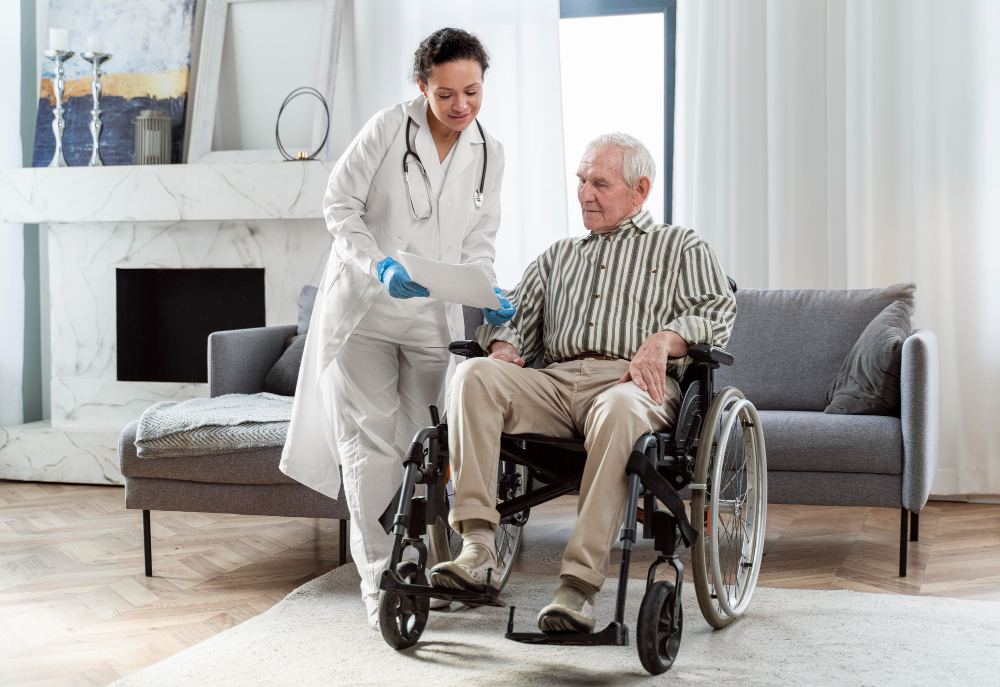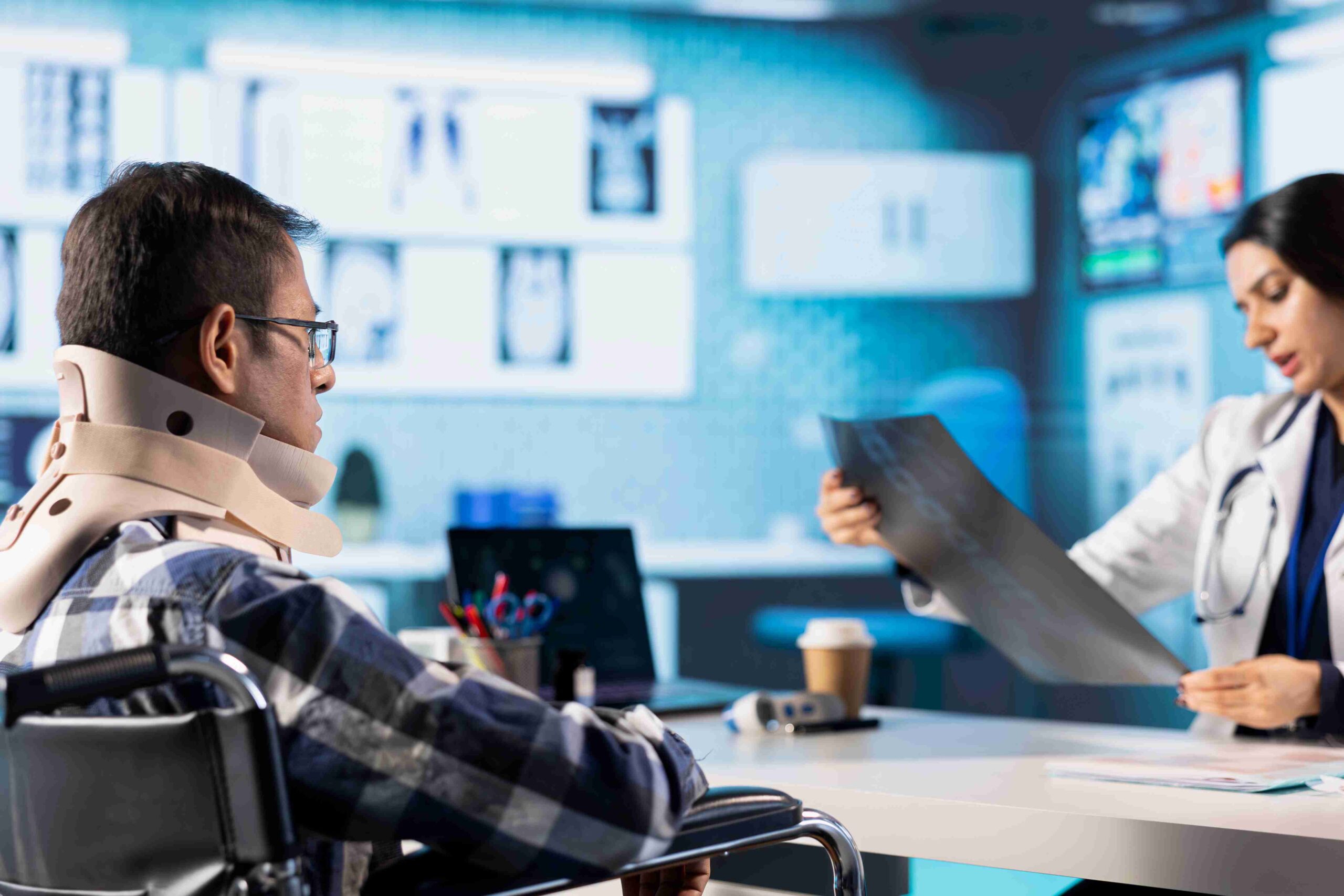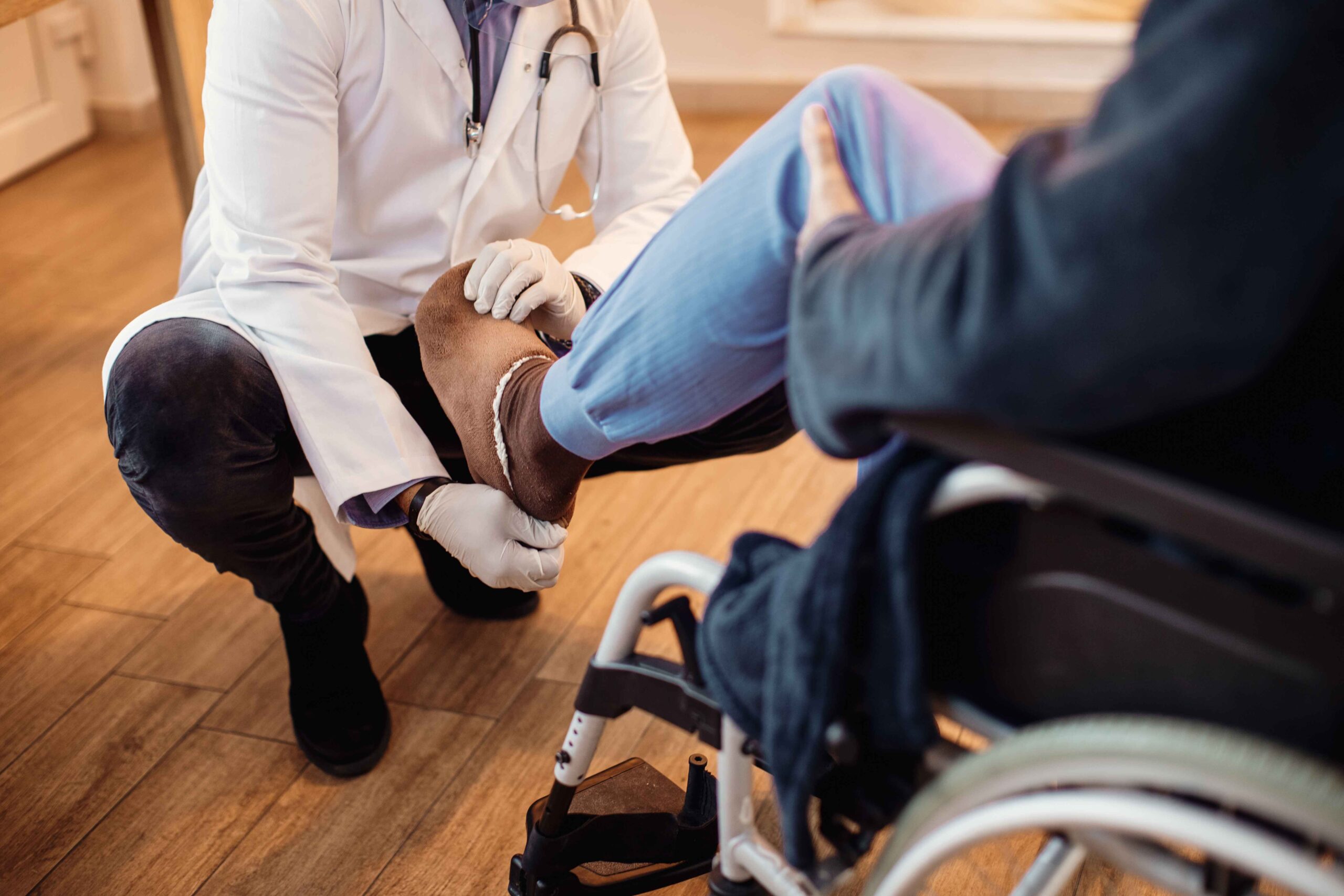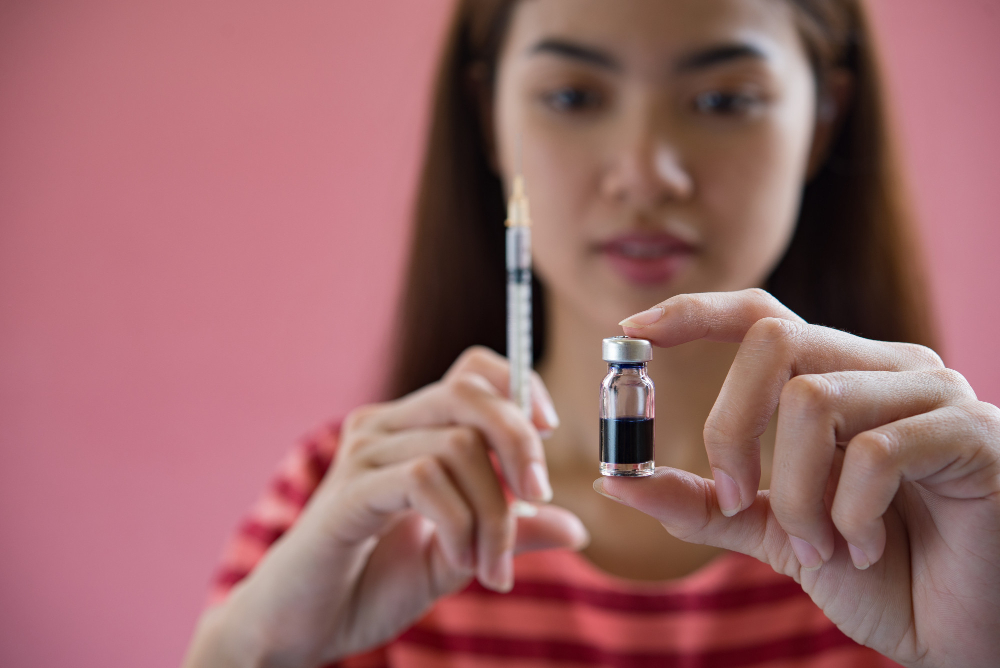
Last updated on by MRC
Stroke recovery is a long and challenging process that demands consistency, motivation, and guided therapy. Traditional rehabilitation methods, though effective, can sometimes be repetitive and exhausting for patients. This is where robotics in stroke rehabilitation is creating a remarkable shift.
By integrating intelligent robotic systems into therapy, rehabilitation specialists can now provide precise, interactive, and personalized recovery programs that keep patients engaged while accelerating their recovery journey.
Robotic rehabilitation therapy uses advanced robotic devices that assist patients in performing movements that might otherwise be difficult or impossible due to stroke-related impairments. These devices help in restoring motor functions by encouraging repetitive, goal-oriented movements — a key principle in neuroplasticity, which is the brain’s ability to rewire itself after injury.
The robotics systems provide:
Robotic systems often include virtual environments and game-based interfaces that transform repetitive exercises into fun, interactive challenges. Patients stay motivated to complete sessions and often push themselves further without feeling fatigued.
Real-time data and feedback make patients more aware of their improvements. Seeing tangible progress in each session fosters confidence and emotional engagement.
Robots can deliver precise, repeatable movements that ensure correct muscle engagement every time, reducing the risk of improper training or overexertion.
Therapists can monitor data-driven insights and adjust therapy intensity or duration to suit patient needs, leading to a more effective and personalized approach.
Numerous medical journals and clinical studies support the effectiveness of robotic-assisted therapy in stroke rehabilitation. Research published in the Journal of NeuroEngineering and Rehabilitation highlights that robotic-assisted upper limb therapy leads to significant improvement in motor recovery when compared to conventional methods.
Similarly, a report in Frontiers in Neurology notes that robotic therapy enhances patient engagement, promoting higher neuroplastic activity and improving movement coordination over time.
The combination of robotics, AI algorithms, and motion sensors creates a closed-loop system that responds to patient performance, making therapy adaptive, data-driven, and more efficient.
Leading research journals predict a promising future for robot assisted therapy in stroke rehabilitation. The integration of AI-driven robotics, wearable exoskeletons, and virtual reality (VR) environments is expected to make therapy even more immersive and outcome-oriented.
Ongoing studies suggest that robotic systems will soon:
At MRC, continuous innovation and research-backed practices ensure that patients always receive world-class rehabilitation care powered by advanced robotics and human expertise.
At Medical Rehabilitation Centre (MRC), one of the leading Stroke Rehabilitation Centres in Kolkata, robotic technology has become a cornerstone of post-stroke recovery programs.
Patients undergoing robotic rehabilitation in Kolkata at MRC have shown:
MRC’s team of physiatrists, therapists, and neuro-rehabilitation specialists ensure that each robotic-assisted program is customized to the patient’s condition, mobility level, and recovery goals.
Robotic rehabilitation therapy represents a major leap forward in helping stroke survivors regain independence, mobility, and confidence. By making therapy more interactive, precise, and motivating, robotics is reshaping the way patients recover — with faster outcomes and renewed hope.
With its proven success and growing adoption at Medical Rehabilitation Centre (MRC), robotic therapy for stroke is not just the future of rehabilitation — it’s already transforming lives today.









